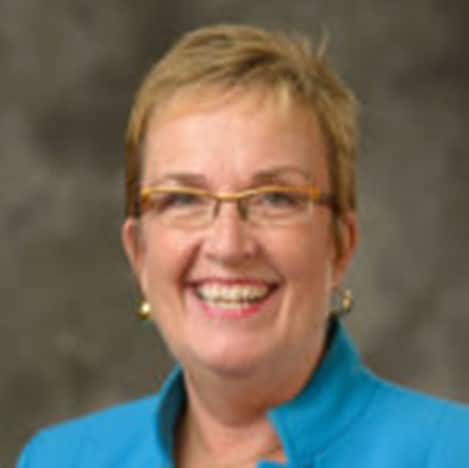Critical Capacity: COVID-19 and the Future of Educator Preparation Programs
This article originally appeared in University Business and is reprinted with permission.

Will colleges and universities expand and invest in their education programs to meet the demand for new teachers as educators retire due to COVID-19 health concerns? Will they downsize their education programs due to budget cuts resulting from the pandemic? Will they find innovative ways to collaborate with other institutions to sustain their education programs?
While there are many uncertainties, what we do know is that if educational programs are scaled back or terminated, the national teacher shortage will be exacerbated.
Scope of the problem

While the data show that the number of institutions awarding degrees in education has been relatively stable between 2009-10 to 2018-19, the number of EPPs awarding very few degrees had grown significantly and accounted for one-third of all programs by 2019. Further enrollment losses and financial strains due to the pandemic may force institutions to close small educator preparation programs, resulting in a permanent loss of capacity to meet the nation’s need for profession-ready new teachers.
EPPs play a vital role in the educational ecosystem by providing PK-12 schools with qualified educators. If institutions discontinue their education programs, or are unable to recruit students into their programs, the devastating effects will be felt at the national, state and district levels.
While EPPs struggle with the teacher shortage and fiscal crisis brought on by COVID-19, it is critical that our educational system moves forward in preserving teacher preparation and supporting teacher candidates as they move from clinical practice into the classroom. Teacher candidates are invaluable assets, not only to the future of our educational system, but also in supporting school districts as student teachers.
Actions to take
We need to create additional, collaborative opportunities between EPPs, states, and school districts that allow teacher candidates whose clinical practice was interrupted by the pandemic to develop the skills they need to meet licensure and certification requirements.
For example, through a mentoring program, EPPs and school districts can match teacher candidates with a veteran teacher, allowing candidates the opportunity to practice their pedagogical content knowledge while simultaneously offering mentoring teachers help with the challenges of teaching during a pandemic.
The AACTE report recommends state and/or federal support to institutions that would enable them to sustain their education programs during the pandemic and its immediate aftermath, especially if the institution can demonstrate a viable plan for reinvigorating its education program.
While the warning bells are ringing, there are potential, positive outcomes from the pandemic on our educational system.
Remote learning has brought about a renewed appreciation for the teaching profession, as parents are seeing firsthand the important role educators play in their children’s lives. Parents can significantly influence their children’s career decisions, and their positive outlook on the teaching profession can lead to a larger pool of students entering education. While the pandemic’s effects on our educational system remain unpredictable, we must proactively move forward to sustain capacity for educator preparation.
Kathleen DaBoll-Lavoie is dean of the School of Education at Nazareth College in Rochester, New York. In addition, she is a member AACTE Board of Directors, and Chair of the AACTE Advisory Council of State Representatives. She is the past co-chair of the New York State Professional Standards and Practices Board and past president of the New York Association of Colleges for Teacher Education.
